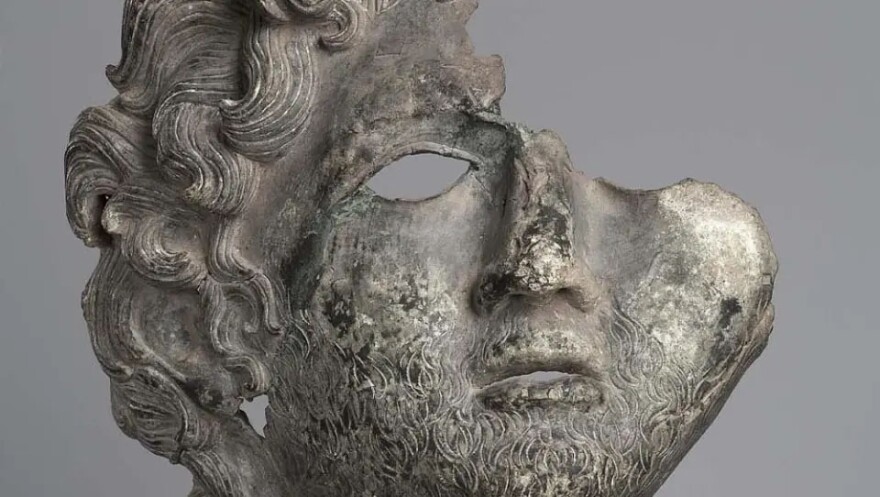Boston's Museum of Fine Arts told GBH News on Monday that it's surrendering two ancient bronze pieces in its collection, which the museum believes were looted from Turkey in the 1960s.
In September, the MFA said they were investigating the provenance of the partial pieces of Roman statuary, following the surrender of a bust estimated to be worth $5 million by the Worcester Art Museum.
The MFA and the Worcester Art Museum have both given up their pieces to the Manhattan district attorney’s office, which is seeking the return of several bronze pieces looted from the ancient site of Bubon, in present day Turkey. That site was looted in the 1960s, and the haul of bronze statuary was then illicitly sold to collectors and museums in Europe and the United States.
The two pieces are fragments of ancient sculptures: one is the right leg of a man; the other is a face, described as a “personification or idealized Greek king.”
“The leg was likely part of a life-sized statue of an emperor from the imperial sanctuary at Bubon,“ the museum said in a statement to GBH News. “The face, which does not appear to come from the same statue as the leg, emerged on the antiquities market along with the leg and other Bubon fragments in 1966. In 1968, dealer Jerome Eisenberg gave the leg to the MFA and sold the face to a private collector. The family of that private collector donated the face to the MFA in 2003. Since Bubon was not scientifically excavated until 1967, the leg and the face were almost certainly illicitly removed shortly before appearing on the market.”
This story was originally published by GBH. It was shared as part of the New England News Collaborative.





